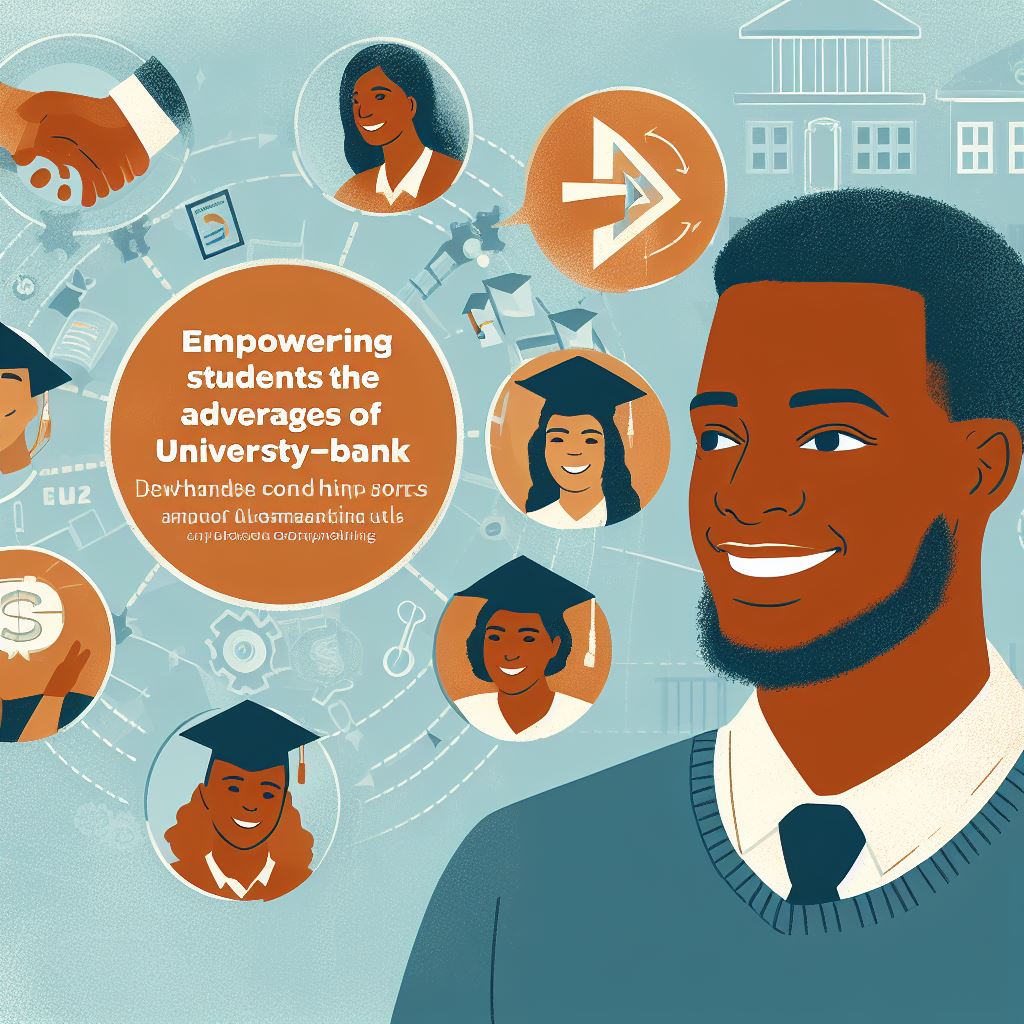Universities and banks play crucial roles in any country’s economy. Universities provide the education and training students need for successful careers, while banks offer the financial services essential for individuals and businesses to thrive. In recent years, a growing trend has emerged where universities collaborate with banks to offer financial services to students. This trend is influenced by various factors, including the rising education costs, the popularity of online learning, and the need for students to access financial services like loans and credit cards.
Benefits of University-Bank Partnerships
Bonus Article: 3 US President who never went to High School
University-bank partnerships offer numerous advantages, including:
- Convenience: Students can access financial services on their university campuses, eliminating the need to visit a bank branch.
- Affordability: Universities can negotiate lower fees with banks, making financial services more cost-effective for students.
- Education: Universities can provide financial education programs to help students make informed financial decisions.
Examples of University-Bank Partnerships
Several universities have established partnerships with banks to provide financial services to their students. Some examples include:
- UniCredit Online: A global bank offering financial services like student loans and credit cards to students through partnerships with universities worldwide.
- UFirst: A financial services company providing products such as student loans, credit cards, and checking and savings accounts to students in the United States.
- UMB Online: UMB Bank, a regional bank in the United States, offers various financial services to students through partnerships with multiple universities.
- Online Banking UECU: University Employees Credit Union (UECU) serves students with services including student loans and credit cards through partnerships with U.S. universities.
- Bank BCU: Bank BCU is a credit union offering a range of financial services to students through partnerships with universities in the United States.
Challenges of University-Bank Partnerships
University-bank partnerships are not without challenges, including:
- Conflicts of Interest: Universities must be cautious to avoid any appearance of endorsing a specific bank or financial product, which could create conflicts of interest.
- Lack of Transparency: It is essential for universities to be transparent about the terms and conditions of financial products offered through these partnerships.
- Predatory Lending: By closely monitoring these partnerships, universities must protect students from predatory lending practices.
Conclusion
University-bank partnerships offer various benefits, such as convenience, affordability, and financial education. Despite the challenges, universities have the opportunity to enhance the financial well-being of their students through these collaborations. By maintaining transparency, avoiding conflicts of interest, and safeguarding against predatory lending, universities can ensure that these partnerships contribute positively to the financial empowerment of their students.
FAQs
Q: What are the benefits of university-bank partnerships?
Benefits include convenience, affordability, and financial education.
Q: What are the challenges of university-bank partnerships?
Challenges encompass conflicts of interest, transparency, and the risk of predatory lending.
Q: How can students protect themselves from predatory lending practices?
Students can safeguard themselves by researching lenders, comparing rates, and avoiding lenders who pressure them into unfavorable loan agreements.
Q: What should students consider when choosing a bank?
Students should assess fees, interest rates, and account features. They should also carefully read the terms and conditions before committing.
Q: What are some financial management tips for students?
Students should create budgets, track spending, pay bills on time, avoid impulsive purchases, and set aside savings for emergencies.

